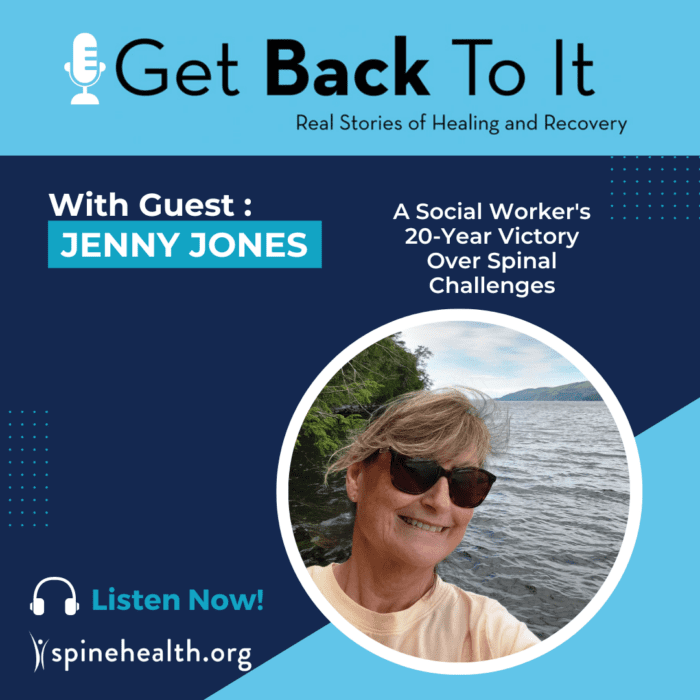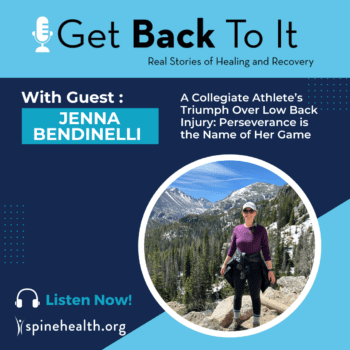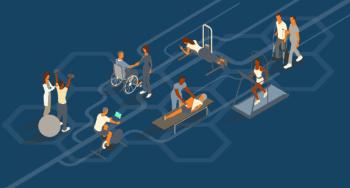Summary:
Join us on this inspiring journey with Jenny Jones, a dedicated social worker and mother whose life was turned upside down by excruciating back pain that began in the early 2000s. Thought to be just normal wear and tear due to an active lifestyle, her struggles took an unexpected turn after a startling fall created worsening symptoms. This led to crucial spine surgeries that produced transformative outcomes. Jenny shares her remarkable 20-year journey through misdiagnoses, treatment, surgery, and her dedication to reclaiming an active life.
With insights from Dr. Rita Roy, this episode not only unravels Jenny’s personal triumphs but doubles as an informative resource, shedding light on the evolution of spinal health care and the importance of perseverance, second opinions, and the right medical support. Tune in to this month’s inspiring episode as we delve into the challenges and successes of living with and overcoming spinal conditions, offering hope and encouragement to others.



